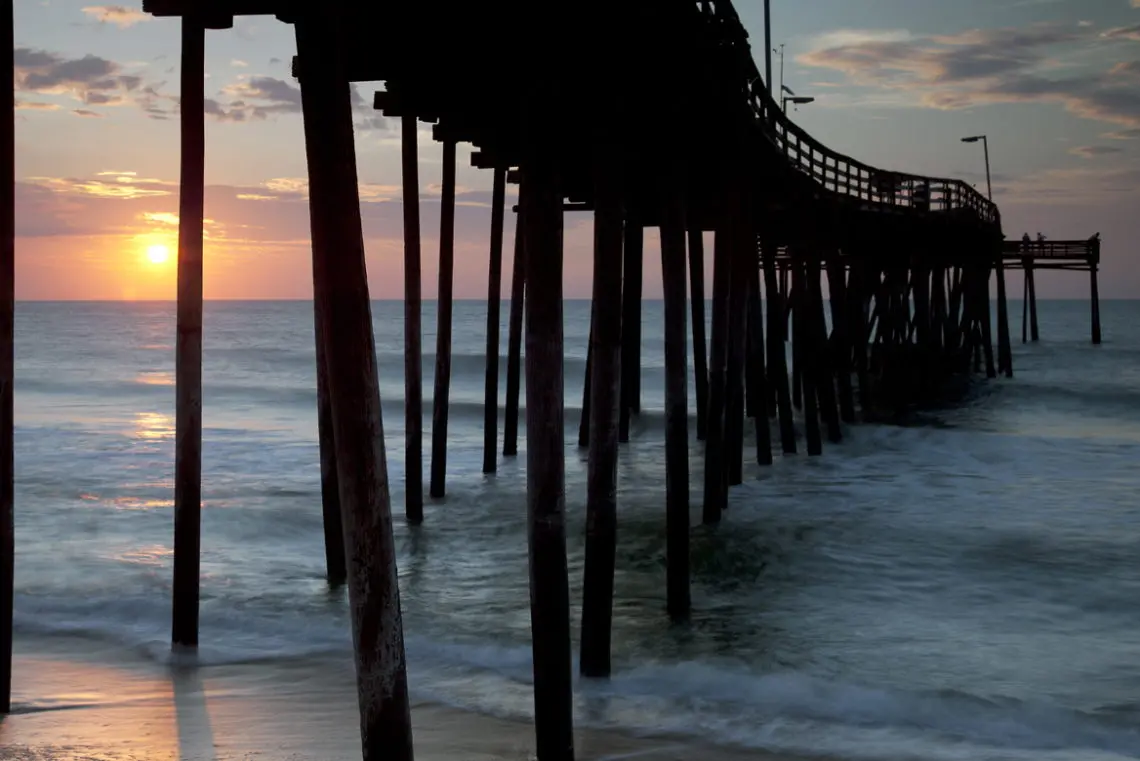USS Catskill, a 1335-ton Passaic class monitor, was built at Greenpoint, New York. She was commissioned in late February 1863 and almost immediately sent to join the South Atlantic Blockading Squadron off Charleston, South Carolina. Catskill was damaged by Confederate gunfire during the 7 April 1863 attack on Fort Sumter that demonstrated both the strengths of well-defended fortifications and the limitations of monitor-type ironclads. The ship participated in renewed bombardments of Charleston's defenses in July-September and was again damaged. Her commanding officer, Captain George W. Rodgers, was killed in action on 17 August 1863 during one of these battles.
Catskill remained on duty in the vicinity of Charleston during the rest of the Civil War. She destroyed the grounded blockade runner Prince Albert off Fort Moultrie on 9 August 1864. When Charleston fell on 17-18 February 1865, Catskill captured blockade runners Celt and Deer when they went aground trying to escape to sea. In July 1865, some months after the conflict's end, the monitor left Charleston and went to Philadelphia, Pennsylvania, where she was decommissioned.
Catskill was briefly renamed Goliath in June-August 1865, while laid up. She was again active in 1876-77, operating along the Atlantic Coast, but was "in ordinary" for more than two decades after that. Recommissioned in April 1898, during the Spanish-American War, Catskill was assigned to coast-defense service off New England. She decommissioned in September 1898 and was sold in December 1901.
Officers posing on deck and atop the turret, while the ship was in Charleston harbor, South Carolina, in 1865. The Commanding Officer, Lieutenant Commander Edward Barrett, is seated on the turret, in center.
Note awning spread over the turret and conning tower, ship's bell mounted on the turret side, marks from Confederate shot hits on the turret armor, and additional armor plate laid on the deck.
Guns on field carriages are 12-pounder Dahlgren howitzers. Turret gun to the right is a XI-inch Dahlgren smoothbore. The other turret gun is a XV-inch Dahlgren smoothbore.
View in the turret chamber, photographed by N.L. Stebbins, Boston, Massachusetts, circa 1898.
Note mechanism for lifting the turret so it can be rotated.
View in the ship's engine room, photographed by N.L. Stebbins, Boston, Massachusetts, circa 1898.
Note decorations painted on some parts of the machinery.
View in an officer's cabin, photographed by N.L. Stebbins, Boston, Massachusetts, circa 1898.
Note open deadlight scuttle in the overhead, wooden joinerwork, watertight door at left, lamp on the desk, and artwork behind the desk chair depicting a monitor at sea.




Low Country Seafood from the islands. North, South, East or West, our menu will satisfy any cravings you have while on your beach vacation! Let us do the cooking tonight! Reseservations and Outdoor Seating available. We’ve got something...
YOUR BEST SUMMER DAY - Nothing satisfies your craving for fun like a day at the H2OBX Waterpark. Start with that perfect Carolina sun. Add a dose of adrenaline as you soar 6 stories up on The Rogue Wave or drop 90 screaming feet down The Plank...
Wild Horse Adventure Tours has been voted the #1 tour company in the USA by TripAdvisor. Feel the ocean breeze and taste the salty beach air as you cruise the Outer Banks beaches in our exclusive OPEN AIR, 13-passenger Hummers with one of...
Discover a treasure or two to serve as a timeless reminder of your getaway to the Crystal Coast with a visit to one of the most unique jewelry stores in the Carteret County region, J Chalk Designs. Specializing in fine pieces that are truly one of a...




